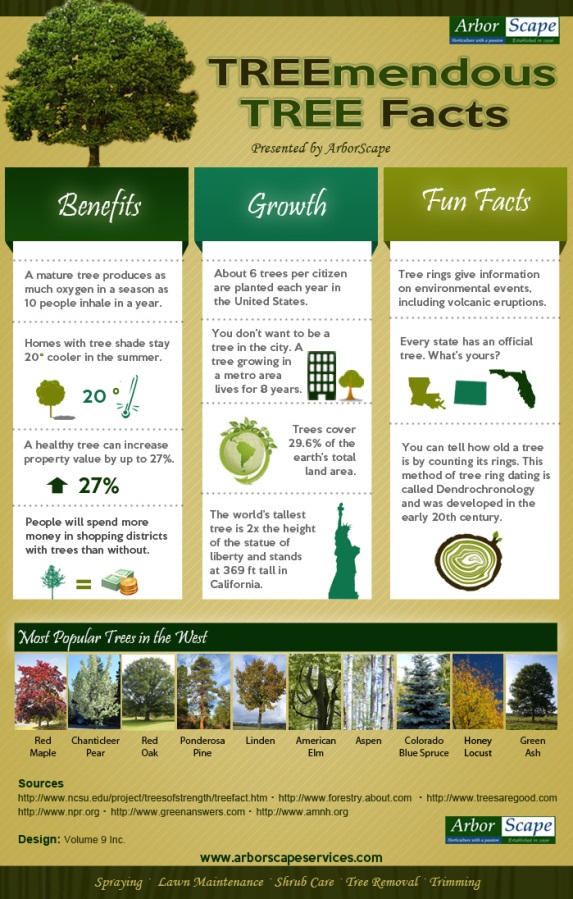Seasonal Tree Treatment: Just How To Take Care Of Trees Before And After Removal
Seasonal Tree Treatment: Just How To Take Care Of Trees Before And After Removal
Blog Article
Material Writer-
When it pertains to seasonal tree treatment, making certain appropriate administration before and after removal can substantially influence the wellness and visual appeals of your landscape. By comprehending the essential steps associated with analyzing tree wellness and planning for removal, you can proactively safeguard your building. Yet what concerning the vital techniques to adhere to as soon as the tree is gone? Stay tuned to discover the crucial post-removal care actions that will aid you cultivate a growing and lasting atmosphere for your trees.
Pre-Removal Tree Treatment
Before addressing the removal of a tree, it's vital to prioritize pre-removal tree care. Start by analyzing the tree's wellness and architectural stability. Seek signs of disease, bug problems, or any type of structural problems that may present a safety hazard during elimination. It's vital to talk to a qualified arborist to establish the most effective course of action.
Trimming dead or unhealthy branches can avoid further damage to the tree and make sure a smoother elimination process.
In addition, take into consideration the ecological influence of eliminating the tree. Trees play a crucial duty in our ecosystem, so planting a new tree in a suitable location can help balance out any loss. Ensure that you have the needed licenses and approvals for tree removal, particularly if the tree is secured by neighborhood regulations.
Seasonal Upkeep Tips
Evaluating your tree's needs throughout the year is crucial for its health and wellness and long life. To maintain your trees in leading problem, adhere to these seasonal maintenance ideas.
In springtime, concentrate on trimming to get rid of dead or broken branches and urge brand-new development.
Summertime asks for normal watering, especially during droughts, to guarantee your tree remains hydrated.
As low maintenance backyard landscaping , watch out for very early indications of illness or stress, and consider applying compost to secure the roots during winter.
In winter season, be cautious when getting rid of snow from branches to prevent breakage, and continue to monitor your tree's total health and wellness.
Keep in mind to adjust your care routine based upon the certain needs of your tree species and regional environment. By remaining attentive and aggressive throughout the periods, you can help your trees grow and prosper for years ahead.
Post-Removal Tree Treatment
To make certain the wellness of your landscape even after tree elimination, correct post-removal care is essential. After a tree is eliminated, it's critical to load the continuing to be opening with topsoil and small it to avoid settling. This will aid keep the integrity of the ground and avoid potential threats in the future.
Take into consideration planting new plants instead of the removed tree to restore the equilibrium and appearances of your landscape. Consistently water the area to advertise the growth of new plants and stop dirt erosion.
Examine the bordering trees for any kind of indications of condition or tension that might have been brought on by the eliminated tree. Watch out for pests that could've been drawn in to the previous tree and take preventive measures to protect the remaining greenery.
If required, seek advice from a specialist arborist to assess the effect of the removal on the surrounding trees and determine any type of additional care required. By complying with these post-removal care actions, you can make sure the ongoing health and wellness and charm of your landscape.
Final thought
Finally, aggressive seasonal tree care is important for preserving the wellness and balance of your landscape. By examining https://www.brownstoner.com/brooklyn-life/street-tree-workshop-brooklyn-green-wood-cemetery/ , trimming, and speaking with an arborist prior to elimination, you can ensure a risk-free procedure. After removal, filling the hole, growing new greenery, and regular watering will advertise new growth and stop erosion. Bear in mind to evaluate surrounding trees for illness and seek further treatment steps from an arborist to keep your landscape flourishing.
